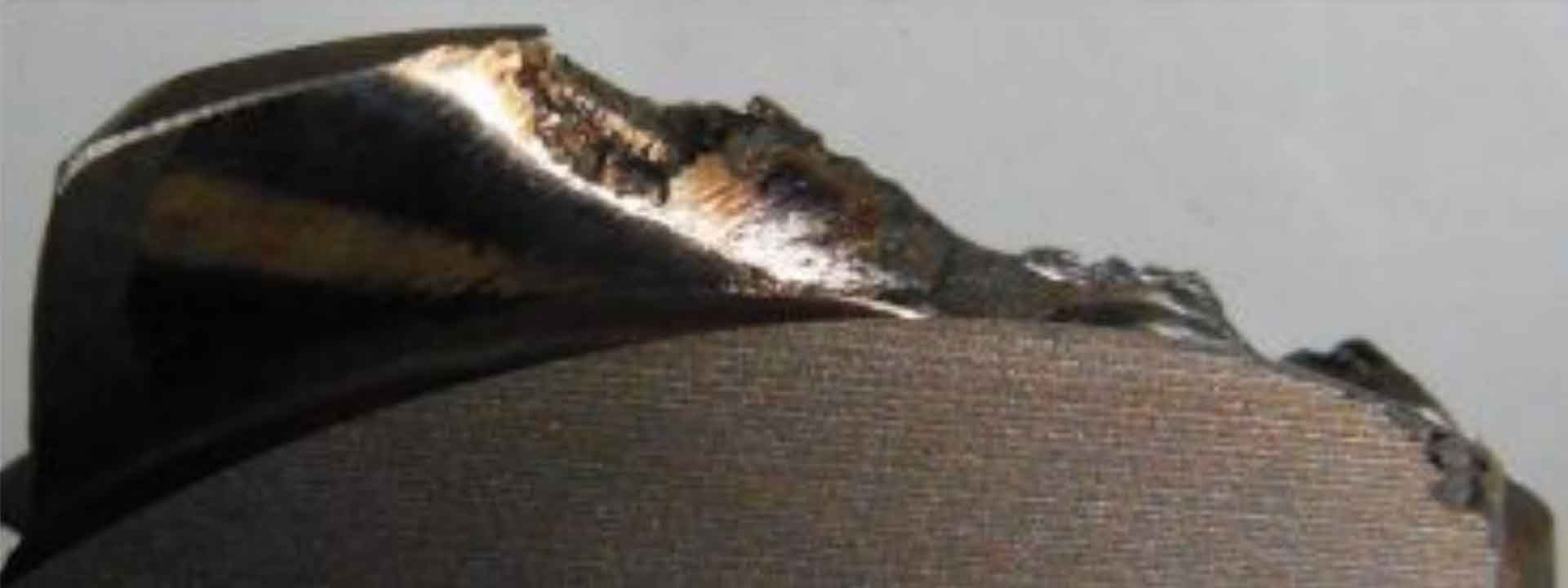The bending stress of the tooth root of the hypoid gear based on the integral drive axle model is predicted. The method of predicting the bending fatigue of the hypoid gear based on the bending stress results of the tooth root calculated by the finite element method is established below. The predicted and measured stress time history of the hypoid gear of the drive axle shows that the hypoid gear tooth root is subjected to cyclic stress, which has both tensile and compressive parts. Every time the gear teeth are meshed, they will be subjected to alternating tensile and compressive stress. Therefore, the hypoid gear is subjected to cyclic stress load in the meshing process, which causes the fatigue of the hypoid gear and leads to the fracture of the gear teeth.
The fatigue failure of hypoid gear of the whole drive axle includes two stages: crack formation and crack propagation. Micro cracks appear on the tooth surface due to the shrinkage cavity and grain boundary sliding of the components. The crack formation begins at the place where there are micro cracks at the discontinuity of the hypoid gear tooth surface.
Under cyclic loading, these micro cracks expand on the maximum shear stress plane until the naked eye can observe. The whole stage before the formation of micro cracks is called the crack formation stage. If the load fluctuation is particularly large, the micro crack continues to grow on the plane of maximum tensile stress, which is the crack growth stage. The type of fatigue failure depends on the stress level.

If the stress fluctuation is relatively small, the component is in the stage of crack formation most of the time, which is called high cycle fatigue. In another case, if the strain is large enough to cause plastic deformation, the fatigue failure of the material will be in the crack propagation stage most of the time. Here, for a given stress amplitude σα , The number of fatigue cycles can be divided into the number of cycles corresponding to crack formation as NF, I, and the number of fatigue cycles corresponding to crack growth as NF, P. For large cyclic stresses: σα, NGF, P constitutes the majority of the whole life cycle, of course for small cyclic stresses σα, NF, I become the main fatigue cycle part. The latter case is more common in the general load conditions of hypoid gears. In other words, the bending fatigue failure of hypoid gears is generally high cycle fatigue failure. The main concern and prediction object is the number of fatigue cycles corresponding to the formation of fatigue cracks.
The bending fatigue failure of hypoid gear mainly occurs in the tooth root away from the contact area, as shown in the figure, which is the form of high cycle fatigue failure of hypoid gear. This failure begins with the crack propagation at the root of the tooth surface. First, cracks begin to appear at the dangerous point that has experienced the maximum tensile stress on the loaded surface. Then the crack enters the tooth root downward and extends to the next zero stress point, where the propagation direction will also be changed to the free stress point on the other side of the hypoid tooth root.
